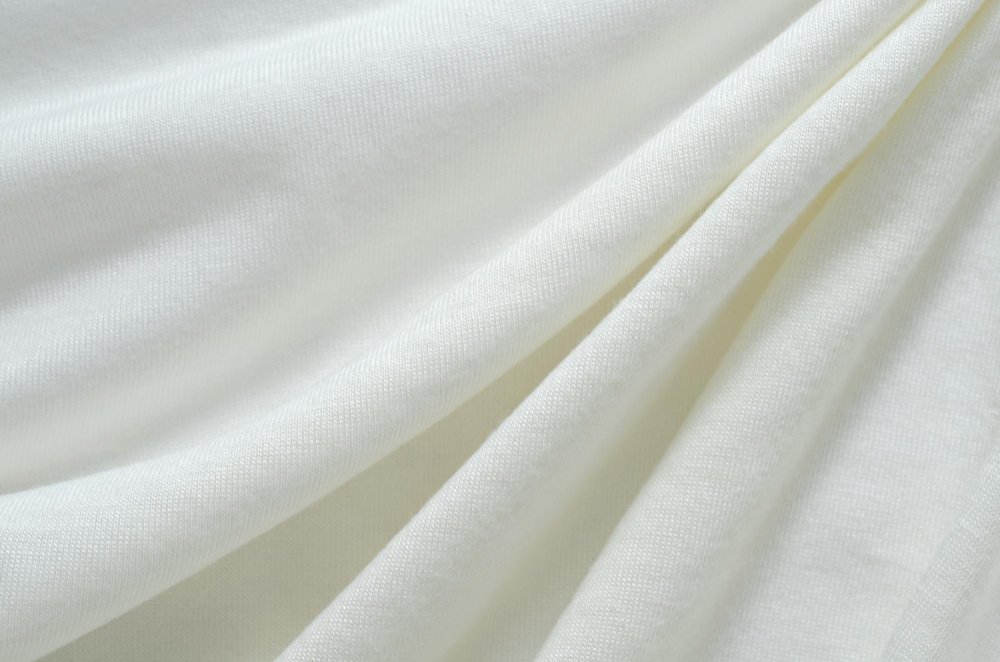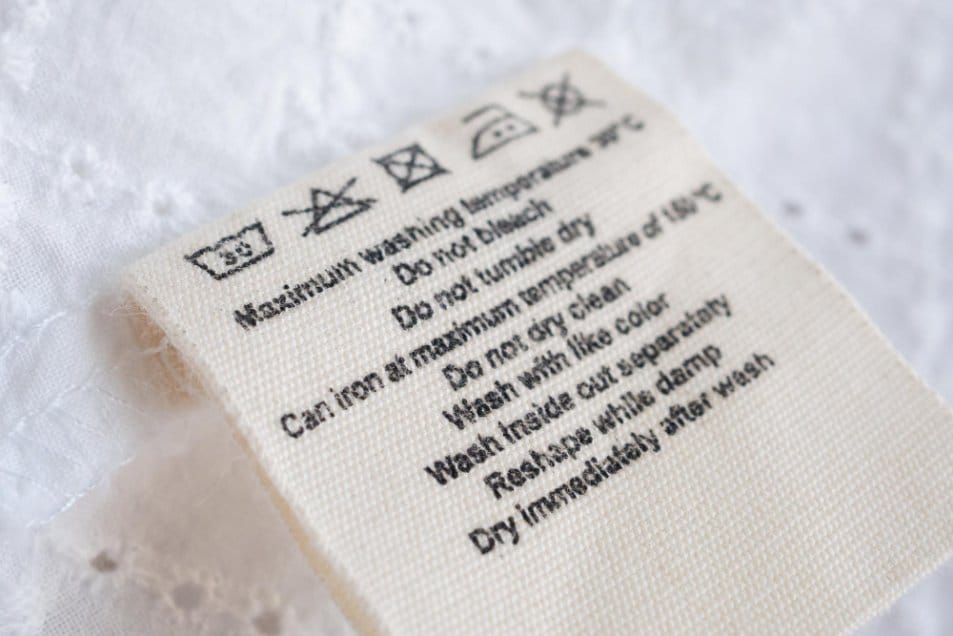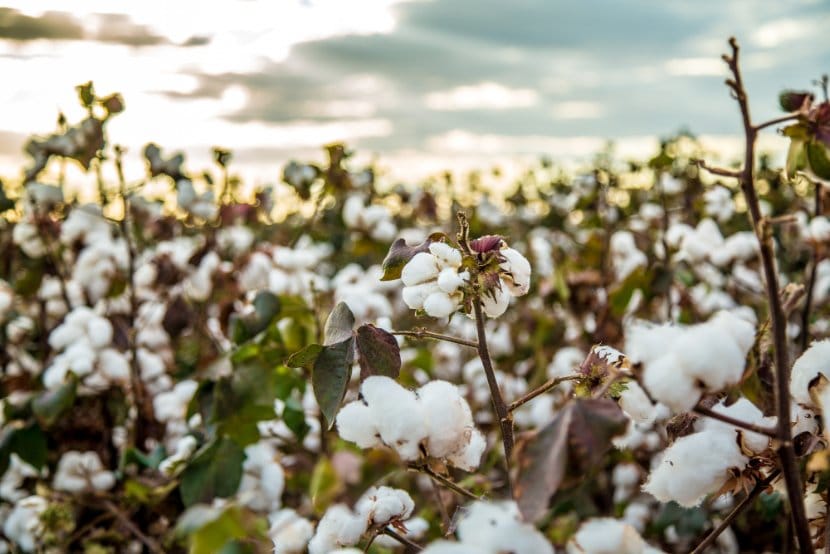Discover everything you need to know about the world’s finest cotton bedding, from identifying authentic products to proper care and maintenance
Table of Contents
- What is Egyptian Cotton?
- What Makes Egyptian Cotton Special
- History and Heritage
- How to Identify Authentic Egyptian Cotton
- Egyptian Cotton vs Other Cotton Types
- Understanding Thread Count and Weave
- Superior Comfort and Health Benefits
- Complete Care and Maintenance Guide
- Sustainability and Environmental Impact
- Frequently Asked Questions
- Conclusion
What is Egyptian Cotton?
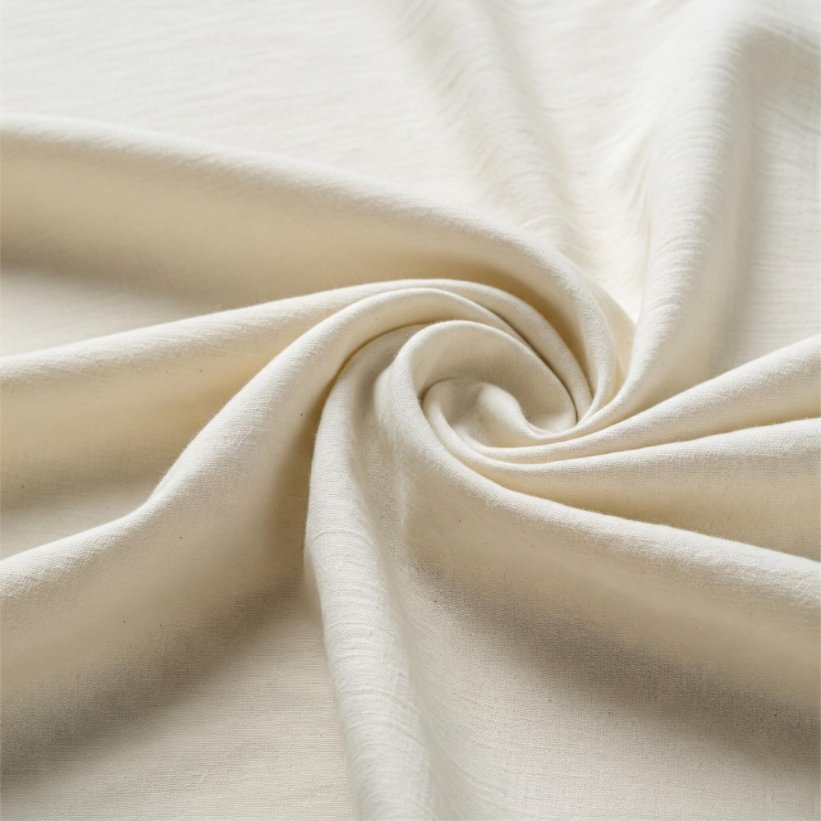
Egyptian cotton represents the pinnacle of natural fiber quality, grown exclusively in the fertile Nile River Valley of Egypt. This premium cotton variety, scientifically known as Gossypium barbadense, produces extra-long staple fibers that measure between 38-50 millimeters in length. These extended fibers create fabrics with exceptional softness, strength, and durability that improve with each wash.
The unique climate conditions along the Nile Valley, combined with nutrient-rich soil deposits from annual river flooding, create an environment where cotton plants develop fibers 40% longer than standard varieties. This natural advantage has made Egyptian cotton the global standard for luxury bedding since the 1820s.
Key Characteristics of Egyptian Cotton:
- Extra-long staple fibers (38-50mm vs 20-30mm for regular cotton)
- Hand-picked harvesting to preserve fiber integrity
- Grown exclusively in Egypt’s Nile River Valley
- Superior strength and durability
- Exceptional breathability and moisture-wicking properties
What Makes Egyptian Cotton Special?
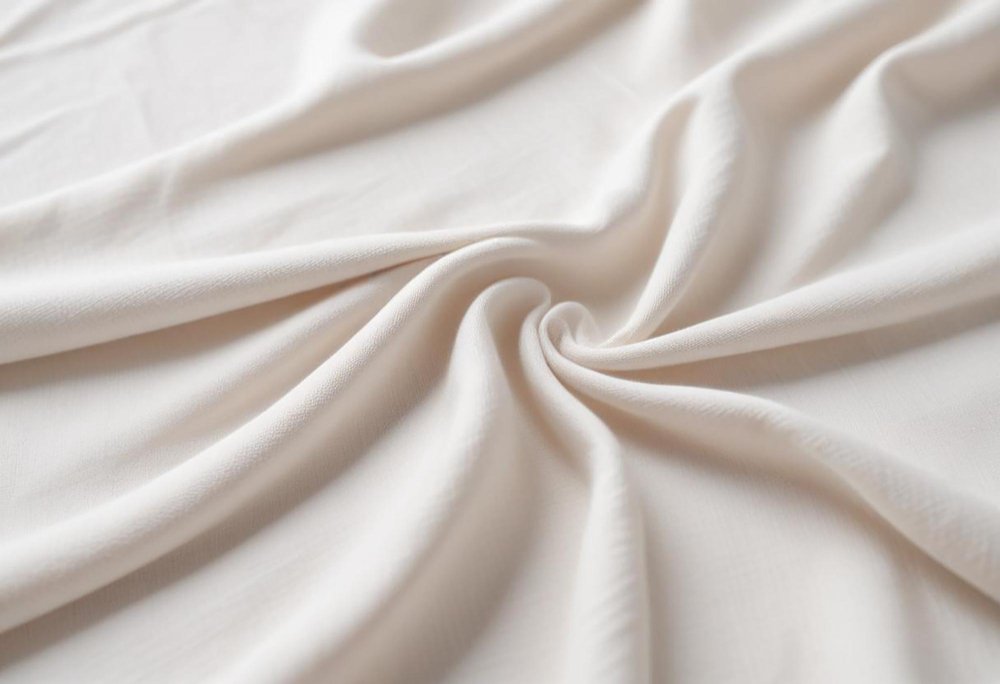
Extra-Long Staple Fibers and Premium Quality
The secret behind Egyptian cotton’s superior quality lies in its extra-long staple fibers. These extended strands allow manufacturers to create yarns with fewer splices and joins, resulting in smoother, stronger fabrics. The longer fibers also enable higher thread counts without compromising breathability.
| Feature | Egyptian Cotton | Pima Cotton | Regular Cotton |
|---|---|---|---|
| Average Fiber Length | 38-50mm | 35-42mm | 20-30mm |
| Maximum Thread Count | 1000+ | 600-800 | 300-400 |
| Pilling Resistance | Excellent | Good | Fair |
| Softness Development | Improves with washing | Moderate improvement | Minimal improvement |
Natural Temperature Regulation
Egyptian cotton’s longer fibers create microscopic air channels within the fabric structure. This natural ventilation system allows heat to dissipate efficiently while wicking moisture away from the skin 30% faster than standard bedding materials. The result is bedding that keeps sleepers comfortable across different seasons.
Exceptional Durability
The strength of extra-long staple fibers means Egyptian cotton bedding can withstand over 100 washes without showing signs of wear. Unlike shorter-staple alternatives that may fray or pill, authentic Egyptian cotton develops a refined patina over time while maintaining its structural integrity.
History and Heritage of Egyptian Cotton
Origins Along the Nile River Valley
Cotton cultivation in Egypt’s Nile Valley began in the 1820s when farmers first recognized the region’s unique advantages for growing Gossypium barbadense. The annual Nile floods deposited nutrient-rich silt across the valley, creating soil conditions unmatched anywhere else in the world.
The combination of intense sunlight, consistent warmth, and natural irrigation created a microclimate that allowed cotton plants to develop extraordinarily long fibers. By the 1850s, Egyptian cotton had established dominance in premium textile markets worldwide.
Modern Production Methods
Today’s Egyptian cotton production blends traditional knowledge with modern agricultural science. Farmers use satellite monitoring to track growing conditions while maintaining traditional harvest timing. Despite technological advances, hand-picking remains essential to preserve the delicate fiber structure that machine harvesting would damage.
Recent Innovation: Egypt’s Ministry of Agriculture announced successful trials of growing Egyptian cotton in desert conditions in South Sinai, expanding cultivation possibilities while maintaining fiber quality standards.
How to Identify Authentic Egyptian Cotton
Counterfeit Alert
Recent studies reveal that up to 90% of products labeled as “Egyptian cotton” worldwide contain little to no actual Egyptian cotton. Learning to identify authentic products protects your investment and ensures you receive genuine quality.
Video: Expert guide to identifying authentic Egyptian cotton sheets
Official Certification and DNA Testing
The Cotton Egypt Association (CEA) now uses revolutionary DNA testing to verify authenticity. Look for the official “Accredited Gold Seal” which confirms the product underwent rigorous testing to verify 100% Egyptian cotton content grown in Egypt.
CEA Gold Seal
DNA-tested verification of authentic Egyptian cotton grown in the Nile Valley
OEKO-TEX Standard
Ensures the fabric is free from harmful chemicals and safe for skin contact
Better Cotton Initiative
Certifies sustainable farming practices and environmental responsibility
Red Flags to Avoid
Warning Signs of Fake Egyptian Cotton:
- Labels saying “Egyptian Cotton Blend” instead of “100% Egyptian Cotton”
- Queen sheet sets priced under $400 (suspicious pricing)
- No mention of fiber length or staple quality
- Missing certification from Cotton Egypt Association
- Retailers unable to provide supply chain transparency
Want to test your knowledge of identifying authentic Egyptian cotton? Take our Egyptian Cotton Identification Quiz to see how well you can spot genuine products from counterfeits.
Verification Steps for Consumers
Authentication Checklist:
- Look for the CEA Accredited Gold Seal on packaging
- Verify the label states “100% Egyptian Cotton” not blends
- Check for fiber length specifications (should mention extra-long staple)
- Research the brand’s reputation and certification status
- Examine the price point (authentic Egyptian cotton commands premium pricing)
- Feel the fabric quality – authentic Egyptian cotton has a distinctive smooth texture
Egyptian Cotton vs Other Cotton Types
Comprehensive Fabric Comparison
Understanding how Egyptian cotton compares to other premium fabrics helps consumers make informed decisions. Each cotton type offers distinct advantages depending on priorities like softness, durability, environmental impact, and cost.
| Cotton Type | Fiber Length | Softness | Durability | Breathability | Price Range |
|---|---|---|---|---|---|
| Egyptian Cotton | 38-50mm | Excellent | Exceptional | Superior | $$$ |
| Pima Cotton | 35-42mm | Very Good | Good | Good | $$ |
| Supima Cotton | 35-42mm | Very Good | Very Good | Good | $$ |
| Organic Cotton | 25-35mm | Good | Good | Good | $$ |
| Regular Cotton | 20-30mm | Fair | Fair | Fair | $ |
Egyptian Cotton vs Turkish Cotton
Turkish cotton offers excellent absorbency and is traditionally preferred for towels, while Egyptian cotton excels in bedding applications. Turkish cotton requires less water to grow and has a slightly lower environmental impact, but Egyptian cotton provides superior softness and longevity for sheet applications.
Egyptian Cotton vs Bamboo Bedding
Bamboo sheets offer natural antimicrobial properties and environmental sustainability benefits. However, Egyptian cotton provides better durability and improves with washing, while bamboo fibers may break down over time. For those prioritizing longevity and luxury feel, Egyptian cotton remains superior.
Learn more about different cotton fabric types and their specific applications in textile manufacturing.
Understanding Thread Count and Weave in Egyptian Cotton
Thread Count Explained
Thread count measures the number of horizontal and vertical threads per square inch of fabric. While higher numbers often indicate quality, the optimal range for Egyptian cotton is 300-800 thread count. Beyond this range, manufacturers may use thinner, weaker threads that compromise durability.
Optimal Thread Counts by Use:
- 300-400: Percale weaves, maximum breathability
- 400-600: Balanced comfort and durability
- 600-800: Sateen weaves, luxury feel
- 800+: Often uses inferior fibers, avoid unless certified authentic
Not sure which thread count suits your sleep preferences? Use our Egyptian Cotton Thread Count Calculator to find your perfect match based on your sleep style and climate.
Weave Types and Their Properties
Percale Weave
Percale uses a simple one-over-one-under pattern that creates a matte finish with exceptional airflow. This weave feels crisp and cool, making it ideal for hot sleepers or warm climates. Percale Egyptian cotton sheets maintain their structure while becoming softer with each wash.
Sateen Weave
Sateen employs a three-over-one-under pattern that produces a lustrous, silk-like surface. This weave traps more warmth, making it perfect for cooler climates or those who prefer a cozy feel. Sateen showcases Egyptian cotton’s natural sheen beautifully.
| Weave Type | Feel | Appearance | Best For | Thread Count Range |
|---|---|---|---|---|
| Percale | Crisp & Cool | Matte finish | Hot sleepers, summer | 300-400 |
| Sateen | Silky & Warm | Lustrous sheen | Cool climates, luxury feel | 400-800 |
Superior Comfort and Health Benefits
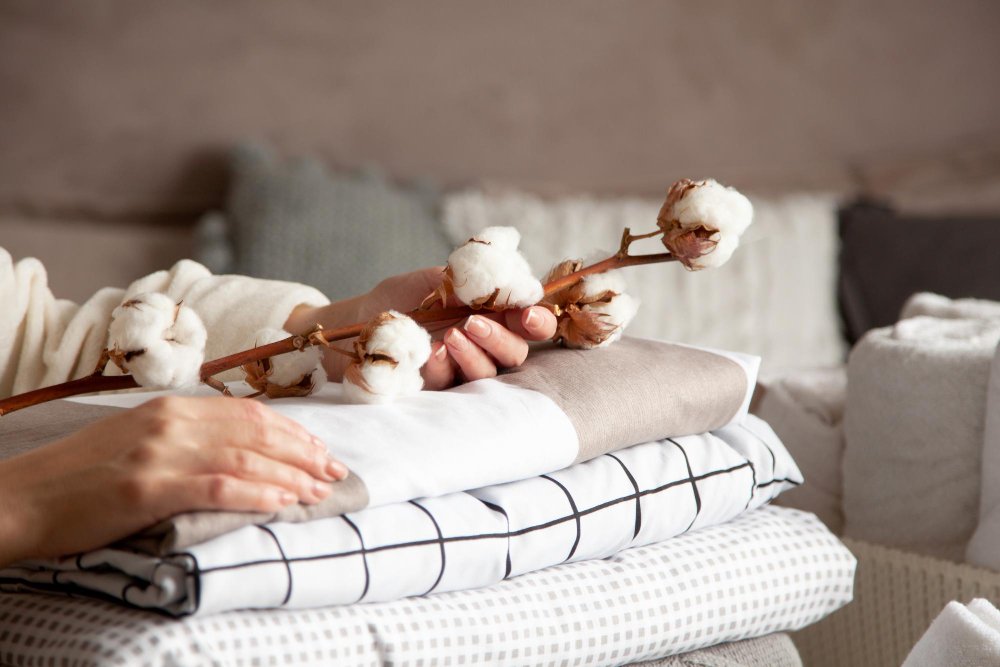
Sleep Quality Enhancement
Egyptian cotton’s natural fiber structure creates an optimal sleep environment. The extra-long staples form microscopic air pockets that regulate temperature while wicking moisture away from the skin. This natural climate control helps maintain the ideal sleep temperature throughout the night.
Skin Health Benefits
Egyptian cotton is naturally hypoallergenic and gentle on sensitive skin. The smooth fiber surface reduces friction that can cause irritation, making it excellent for people with eczema or other skin sensitivities. The breathable nature also prevents bacterial growth that can occur with synthetic materials.
Health Benefits Include:
- Reduced skin irritation and allergic reactions
- Better temperature regulation for improved sleep
- Natural moisture-wicking prevents bacterial growth
- Chemical-free when properly certified
- Improved air circulation around the body
Long-term Comfort Investment
Unlike synthetic alternatives that degrade over time, Egyptian cotton bedding actually improves with proper care. The fibers soften while maintaining strength, creating a sleeping surface that becomes more comfortable with age rather than wearing out.
Complete Care and Maintenance Guide
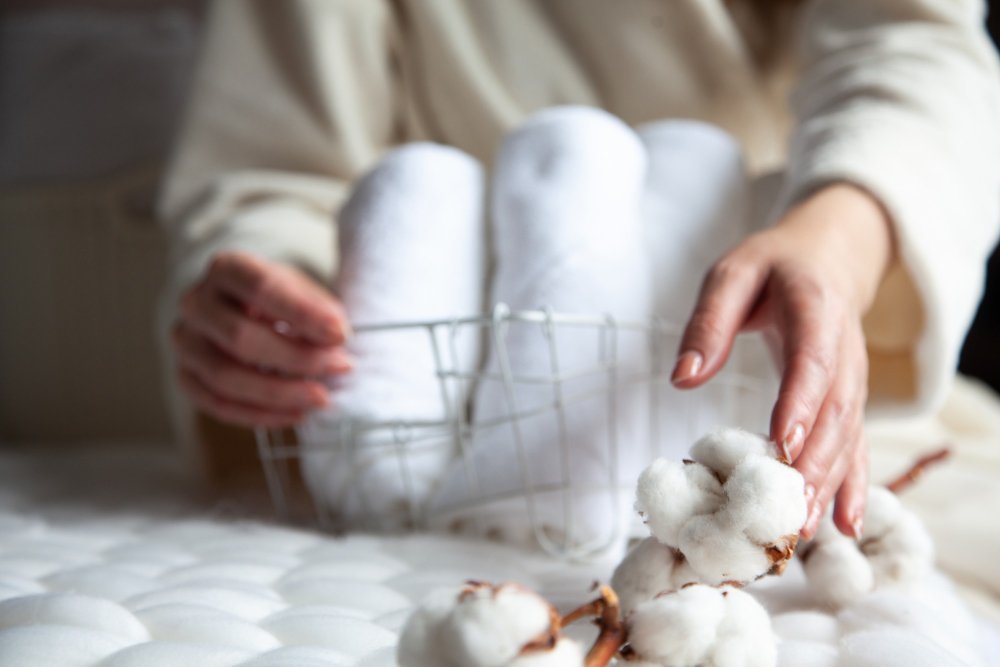
Proper Washing Techniques
Egyptian cotton’s durability allows for machine washing, but proper technique ensures longevity. The key is using appropriate temperatures and gentle methods that preserve the fiber structure while maintaining cleanliness.
Step-by-Step Washing Instructions:
- Pre-treatment: Check for stains and treat with hydrogen peroxide for blood or sweat marks
- Water temperature: Use cold to warm water (30-40°C/86-104°F) to prevent shrinkage
- Detergent selection: Choose mild, pH-balanced liquid detergent without bleach
- Loading: Wash Egyptian cotton separately to prevent damage from zippers or rough fabrics
- Cycle setting: Use gentle or delicate cycle to minimize fiber stress
- Rinse thoroughly: Ensure all detergent is removed to prevent residue buildup
Drying and Storage Best Practices
Proper drying preserves the fabric’s integrity and prevents unnecessary wear. While air drying is ideal, machine drying on low heat is acceptable when done correctly.
Drying Guidelines:
- Shake out sheets before drying to reduce wrinkles
- Use low heat settings (warm, not hot) to prevent fiber damage
- Remove while slightly damp to ease ironing
- Avoid fabric softeners and dryer sheets (use wool dryer balls instead)
- Air dry when possible for best results and natural scent
What NOT to Use with Egyptian Cotton
Avoid These Common Mistakes:
- Fabric softeners (block natural breathability)
- Bleach or harsh chemicals (damage fibers)
- High heat washing or drying (causes shrinkage)
- Overloading washing machine (prevents proper cleaning)
- Mixing with rough fabrics (causes pilling)
Ironing and Storage
For crisp, hotel-quality appearance, iron Egyptian cotton while slightly damp using a medium heat setting. Store in breathable containers in well-ventilated areas to prevent moisture buildup and maintain freshness.
For more detailed fabric care information, check out our comprehensive cotton care guide.
Sustainability and Environmental Impact
Current Sustainability Initiatives
The Egyptian cotton industry has made significant strides toward environmental responsibility. The Cotton Egypt Association partnered with Better Cotton Initiative in 2023 to implement sustainable farming practices across the Nile Valley region.
Reduction in water usage with regenerative farming
Increase in farmer profits through sustainable practices
Reduction in chemical pesticide usage in pilot programs
Environmental Challenges and Solutions
Traditional cotton farming faces water scarcity issues, particularly as Egypt is predicted to become water-scarce by 2025. New regenerative agriculture techniques focus on soil health improvement, water conservation, and reduced chemical dependency.
Sustainable Farming Practices:
- Crop rotation to improve soil health
- On-farm water harvesting techniques
- Organic fertilizer production from agricultural waste
- Precision irrigation systems to minimize water waste
- Biological pest control methods
Climate Change Adaptation
Egyptian cotton farmers are adapting to climate change through diversified growing techniques and heat-resistant cultivation methods. Recent successful trials in desert conditions show promise for expanding sustainable production while maintaining quality standards.
Learn more about sustainable cotton production at what you need to know about cotton and its environmental impact.
Frequently Asked Questions
Egyptian cotton represents excellent value for several reasons. While the initial investment is higher, authentic Egyptian cotton lasts 5-10 times longer than regular cotton while actually improving in softness over time. The superior sleep quality, temperature regulation, and durability make it cost-effective over its lifespan.
Yes, authentic Egyptian cotton becomes progressively softer with each wash. The long fibers relax and develop a luxurious feel while maintaining their structural strength. This is one of the key distinguishing features that separate genuine Egyptian cotton from inferior alternatives.
The optimal thread count ranges from 300-800, depending on personal preference. For maximum breathability, choose 300-400 thread count percale. For a balance of softness and airflow, select 400-600. For luxury feel with moderate breathability, 600-800 thread count sateen works well.
Look for the Cotton Egypt Association’s Accredited Gold Seal, which indicates DNA testing verification. The label should state “100% Egyptian Cotton” (not blends), mention extra-long staple fibers, and come from reputable retailers. Be wary of suspiciously low prices, as authentic Egyptian cotton commands premium pricing.
Egyptian cotton is a specific type of 100% cotton, but with superior properties. The extra-long staple fibers (38-50mm) create stronger, smoother fabrics compared to regular 100% cotton (20-30mm fibers). This results in better durability, softer feel, and improved breathability.
Egyptian cotton can shrink if exposed to high heat during washing or drying. To prevent shrinkage, wash in cold to warm water (30-40°C) and dry on low heat settings. Proper care maintains the original size while allowing the fabric to soften naturally.
Egyptian cotton is excellent for sensitive skin conditions. The smooth, long fibers reduce friction against skin, while natural breathability prevents moisture buildup that can worsen eczema. Look for OEKO-TEX certified options to ensure the fabric is free from harmful chemicals.
Egyptian cotton is ideal for hot weather and warm sleepers, especially in percale weaves. The natural fiber structure creates excellent airflow and moisture-wicking properties, keeping sleepers cool and dry throughout the night.
Percale refers to the weave pattern, while Egyptian cotton refers to the fiber type. The best combination is Egyptian cotton in a percale weave, which provides the superior fiber quality of Egyptian cotton with the crisp, breathable characteristics of percale construction.
Thread counts above 800 often use thinner, weaker threads and may compromise breathability. For authentic Egyptian cotton, the sweet spot is 300-800 thread count. Higher numbers don’t always mean better quality and may indicate the use of inferior fibers.
400 thread count is excellent for Egyptian cotton, offering an ideal balance of softness, durability, and breathability. This count allows the long fibers to create smooth fabric while maintaining optimal airflow for comfortable sleep.
While Egyptian cotton excels in bedding, Turkish cotton is generally preferred for towels due to superior absorbency. For clothing, Egyptian cotton works well for dress shirts and fine garments where smoothness and drape are priorities, though it’s primarily valued in home textiles.
Conclusion
Egyptian cotton represents the pinnacle of natural bedding materials, offering unmatched comfort, durability, and luxury. However, success depends on purchasing authentic products and providing proper care. The investment in genuine Egyptian cotton pays dividends through years of improved sleep quality and lasting comfort.
Essential Recommendations:
- Verify authenticity: Always look for Cotton Egypt Association certification and DNA testing verification
- Choose appropriate thread count: Stick to 300-800 range for optimal performance
- Select proper weave: Percale for hot sleepers, sateen for luxury feel
- Invest in quality brands: Purchase from reputable retailers with transparent supply chains
- Follow care instructions: Use cold water, mild detergent, and low heat drying
- Consider sustainability: Look for Better Cotton Initiative certification
Best Practices for Egyptian Cotton Ownership
To maximize the value of Egyptian cotton bedding, rotate between multiple sets to extend lifespan, wash weekly to prevent body oil buildup, and store properly in breathable containers. Remember that authentic Egyptian cotton improves with time, making it a long-term investment in sleep quality.
Final Thoughts
The Egyptian cotton market faces challenges from counterfeit products and environmental concerns, but ongoing innovations in sustainability and authentication technology protect consumers and preserve quality standards. When purchasing Egyptian cotton, prioritize certified authentic products from reputable sources, even if the initial cost is higher.
The combination of superior fiber quality, proper care, and authentic sourcing creates bedding that delivers exceptional comfort for decades. Egyptian cotton’s unique properties make it worth the investment for those who value sleep quality, natural materials, and long-lasting luxury.
Recommended Product:
For those ready to experience authentic Egyptian cotton, consider premium certified Egyptian cotton sheet sets that meet all the authenticity and quality standards discussed in this guide.
For those starting their bedding journey, consider exploring other natural vs synthetic fabric options to understand the broader landscape of textile choices available today.
Interactive Tools and Resources
Take advantage of these helpful tools to make informed decisions about your Egyptian cotton purchases:
- Cotton Care Calculator: Get personalized care instructions for your specific Egyptian cotton products
- Fabric Identification Quiz: Test your knowledge and learn to identify authentic Egyptian cotton
- Thread Count Calculator: Determine the optimal thread count for your sleep preferences and climate
External Resources
For additional information and verification, consult these authoritative sources:
- Cotton Egypt Association – Official source for Egyptian cotton certification and authenticity verification
- Better Cotton Initiative – Global cotton sustainability program and environmental standards
- OEKO-TEX Standard 100 – International certification for textiles tested for harmful substances

